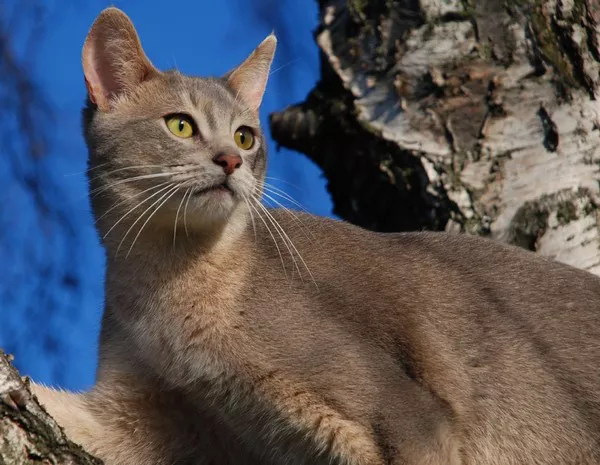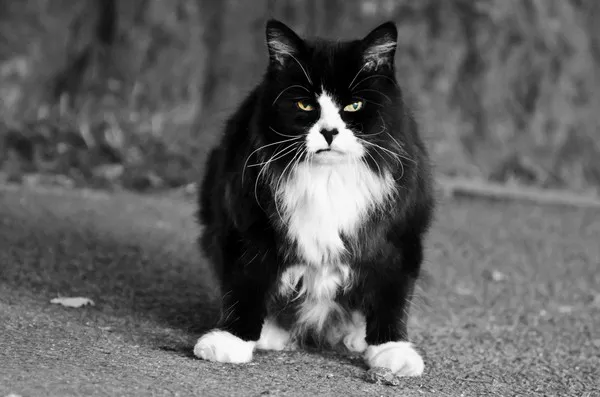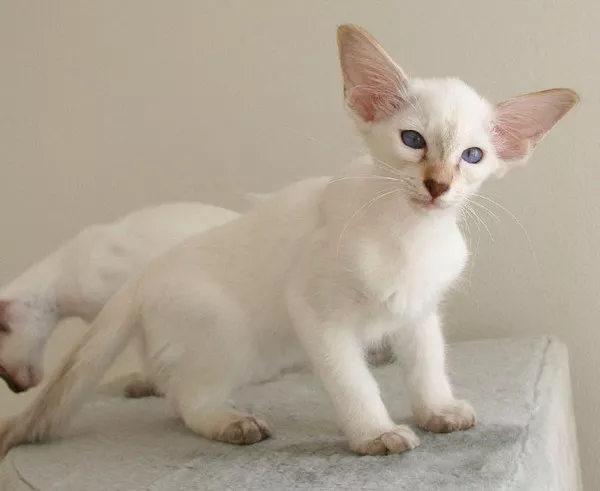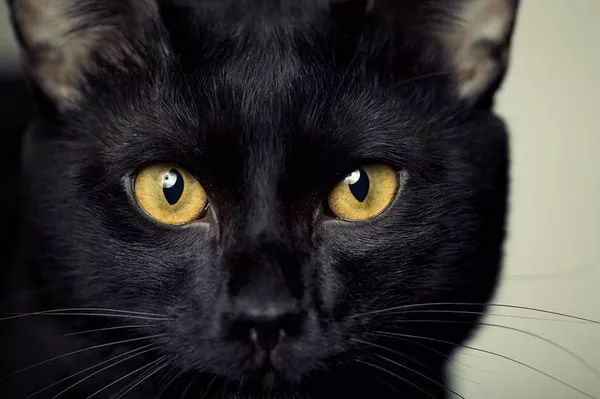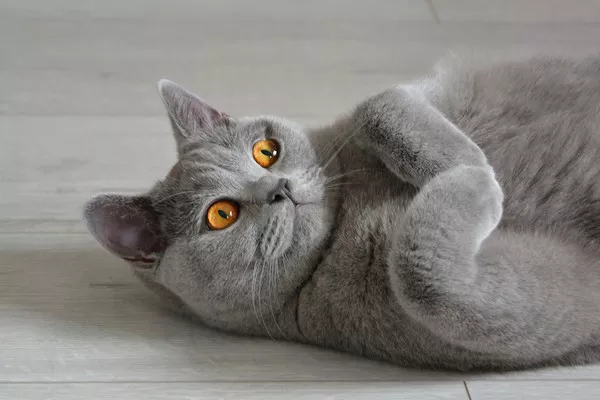Abyssinian cats are renowned for their distinctive ticked coat and graceful demeanor. If you’re considering adding one of these elegant felines to your family, it’s essential to understand the factors that contribute to their price range. In this article, we delve into the various aspects that influence the cost of acquiring an Abyssinian cat, shedding light on the breed’s origins, characteristics, health considerations, and other significant factors.
1. Unraveling the Origins and Characteristics:
The Abyssinian breed has a rich history that dates back to ancient times. We explore the fascinating origins of the breed, its unique features, and the qualities that make it highly sought after among cat enthusiasts worldwide.
2. Breeder Reputation and Quality:
Reputable breeders play a vital role in ensuring healthy and well-bred Abyssinian cats. We discuss the importance of choosing a responsible breeder known for ethical practices, proper care, and breeding standards. Additionally, we examine how the reputation and experience of a breeder can impact the price of an Abyssinian cat.
3. Bloodlines and Pedigree:
Abyssinians with exceptional bloodlines and pedigrees often command higher prices due to their ancestry and the assurance of desirable traits. We delve into the significance of bloodlines, the role of pedigree papers, and how they contribute to the overall cost of an Abyssinian cat.
4. Show Quality and Competition:
Show-quality Abyssinians possess specific attributes that align closely with breed standards. These cats typically have superior conformation, coat color, and temperament. We explore how show quality influences pricing and the competitive world of Abyssinian cat shows.
5. Coat Color and Pattern Variations:
Abyssinians come in a range of stunning coat colors and patterns. Certain rare or sought-after variations, such as the silver coat or cinnamon ticked coat, may be priced higher due to their uniqueness. We discuss the influence of coat color and pattern on the cost of an Abyssinian cat.
6. Health Considerations:
Maintaining the health and well-being of an Abyssinian is crucial. We examine the significance of health testing, vaccination records, and overall veterinary care in determining the price of an Abyssinian cat. Additionally, we cover potential genetic health issues that can affect the breed and the importance of responsible breeding practices to mitigate these risks.
7. Geographic Location:
The cost of an Abyssinian cat can vary depending on your geographic location and the availability of breeders in your area. We explore how regional factors can influence pricing variations and provide insights into finding reputable breeders within your vicinity.
8. Additional Expenses:
Beyond the initial purchase price, there are other financial aspects to consider when welcoming an Abyssinian cat into your home. From ongoing healthcare expenses to grooming needs, we outline the potential costs associated with owning and caring for this beloved breed.
Conclusion:
Acquiring an Abyssinian cat involves various factors that contribute to its price range. By understanding the origins, characteristics, breeder reputation, bloodlines, show quality, coat variations, health considerations, geographic location, and additional expenses involved, prospective owners can make informed decisions when selecting their feline companion. Remember, the price of an Abyssinian cat extends far beyond monetary value—these captivating cats bring immeasurable joy, companionship, and elegance into the lives of those fortunate enough to share their homes with them.

